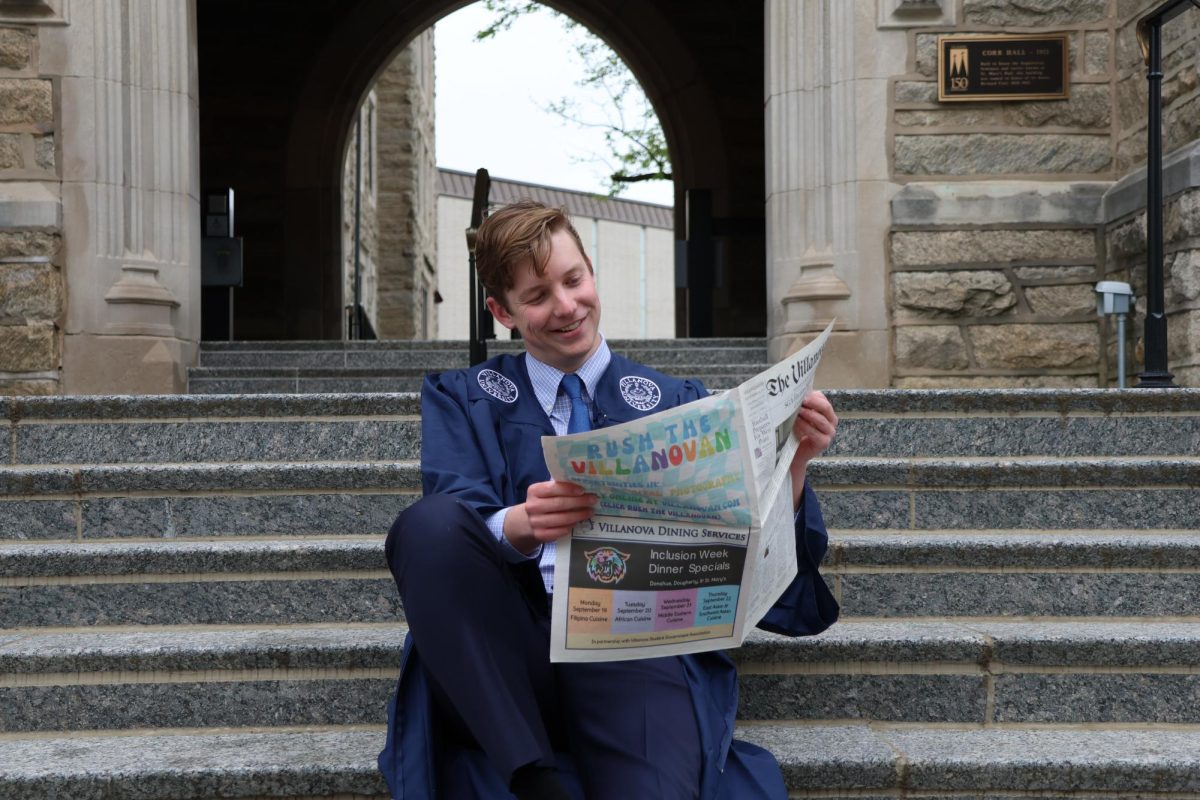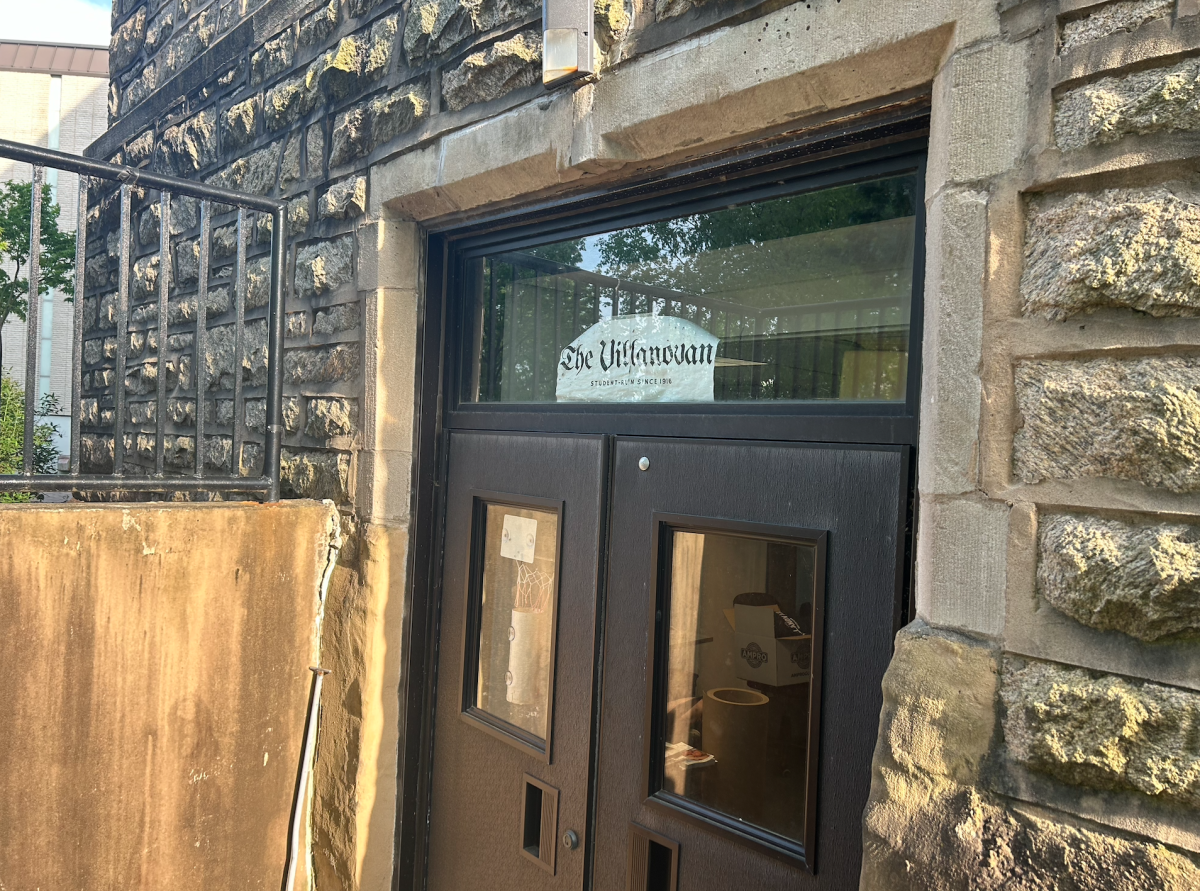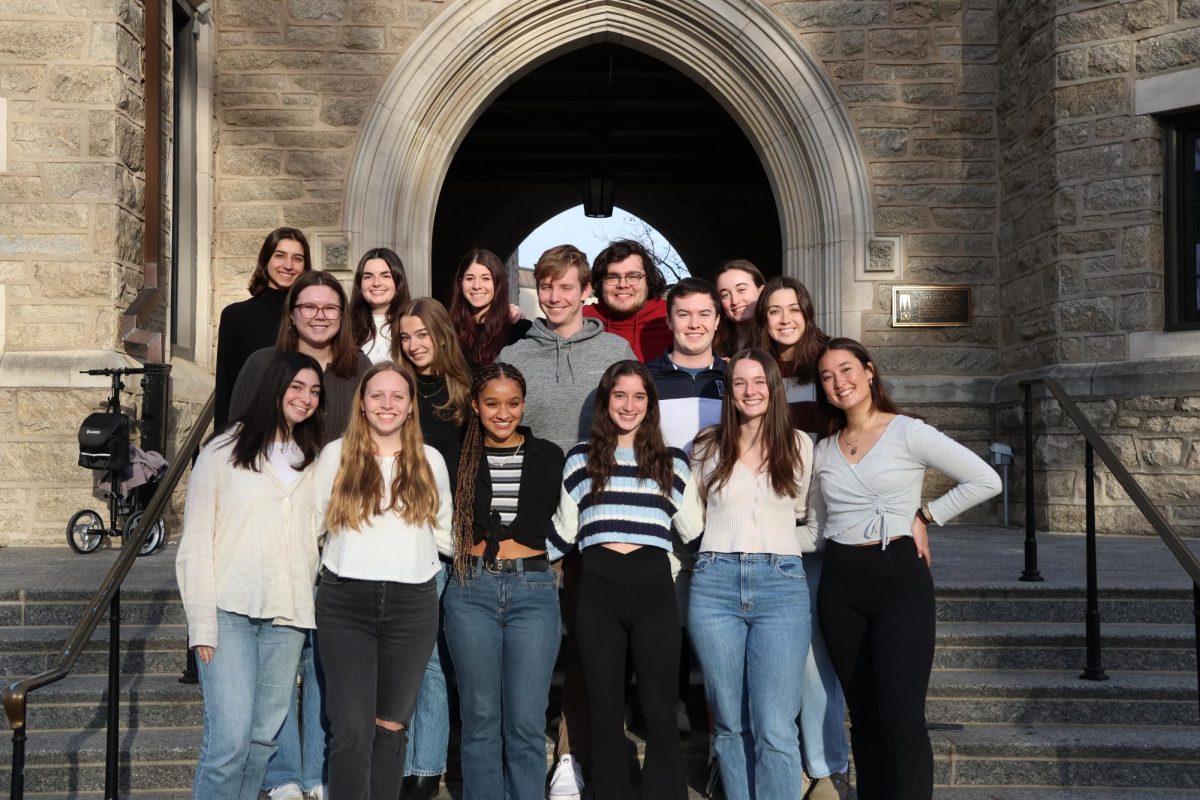The LSAT has been a standard component of the law school admissions process for more than 75 years. Though the test has changed in some ways since its introduction, the premise remains the same: through a series of reading comprehension, analytical reasoning and logical thinking questions, hopeful law school applicants will attempt to prove their intelligence to a higher-level institution.
But, will they? Recent debates over whether the LSAT is fair for all students across socio-economic levels has cast increasing doubt on the validity of the exam. This, coupled with the rising question of whether or not the test is an accurate measure of acuity, has rendered the LSAT’s future role in the law school admissions process uncertain.
Created in 1948, the LSAT was originally tailored to the students who had access to the financial and social resources required to attend graduate-level programs. These standards have changed since 1948, though the basis of the test itself has not. Until now.
A new law school admissions test, JD-Next, is an innovative and equitable alternative to the traditional LSAT avenue. The test was founded at the University of Arizona in 2019 and was released this fall to its first batch of participating students.
Currently, it is approved by more than 40 law schools, including Georgetown, Syracuse and Vanderbilt as a valid testing benchmark in lieu of a LSAT or GRE score. Jackie Slate, a senior at Villanova and prospective law school student, agrees with the notion that it’s time for a change in academia.
“In most academic settings, there are institutions and ideas that are no longer applicable to our current way of thinking,” Slate said. “Exploring other avenues is certainly worthwhile.”
JD-Next is a two-part program, consisting of a five to ten-week online course and a three-hour final exam. The course provides not only a comprehensive overview of introductory legal concepts but an analysis of several key cases.
Thus, it is valid in predicting potential success in law school because the content consists of relevant course information rather than the hypothetical reasoning questions seen in the LSAT.
The final exam is based on a culmination of the curriculum of the preparatory course. The test consists of 80 multiple choice questions and one essay sample. Like the LSAT and GRE, it takes approximately four hours to complete.
However, unlike traditional tests, the scores of students have statistically produced little to no score discrepancies between racial and socio-econimic demographics.
The LSAT is undoubtedly discriminatory against students of lower-income families and minority groups. Countless expenses go into the creation of a good test score: tutoring, prep courses, textbooks, testing fees (which accumulate tremendously if taken multiple times) and the hours of time students spend in preparation for the exam.
JD-Next’s program is $250, including both the course and the exam. Because the preparatory class and final test are combined, this fee is much less arbitrary than the countless hidden expenses that cultivate an LSAT experience.
This is more manageable for many families, setting a fiscal benchmark for which all students must abide regardless of class or race.
Erin Costa, another Villanova senior and law school applicant, says that the process of studying for traditional tests is expensive, both literally and time-wise.
“I studied off and on for about nine months, and only in the last three months did I really start focusing on my studying,” Costa said.
` “I feel like JD-Next will help to decrease that unfairness amongst different incomes, and I’m really excited to see that work.”
“Most students take [the LSAT] the summer before their senior year or during that first semester,” Slate said. “Study time before then varies, but it definitely can be a year-long process.”
Standardized testing does not paint an accurate picture as to a student’s work ethic, well-roundedness or intelligence, especially those lacking the resources to fully prepare.
However, it does provide an easy way for schools to categorize students instantly. This quality alone adds a layer of practicality to the admissions process that can’t simply be foregone.
“It’s hard to put into words how I feel about the LSAT,” Costa said. “On one hand, I hate standardized testing, [because] it’s crazy expensive and it instigates this whole culture of, ‘I need to get the best score otherwise I can’t get in.’ On the other hand, I’m not sure how else schools can differentiate two similar students.”
Without completely erasing the standardized element to law school testing, JD-Next and similar programs are a step in the right direction towards a more equitable admissions process.
By painting test-taking abilities in front of a fairer contextual backdrop, it more accurately judges a student’s readiness for graduate academia.
Only time will tell if the program will withstand the competitive and rigid culture of law school admissions, but as of now, its validity and impartiality speaks for itself.







